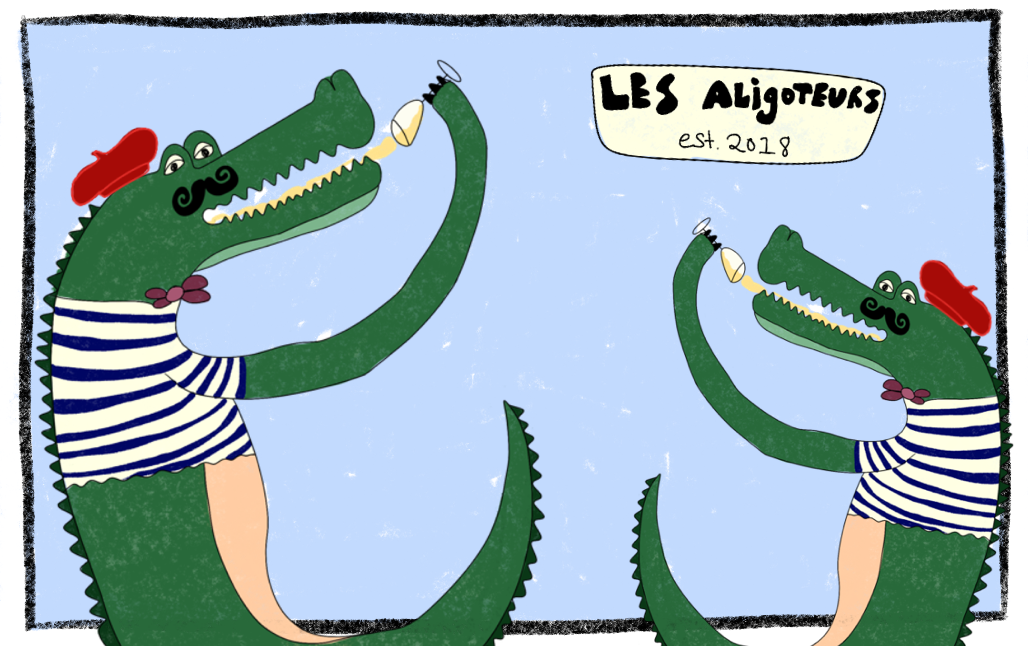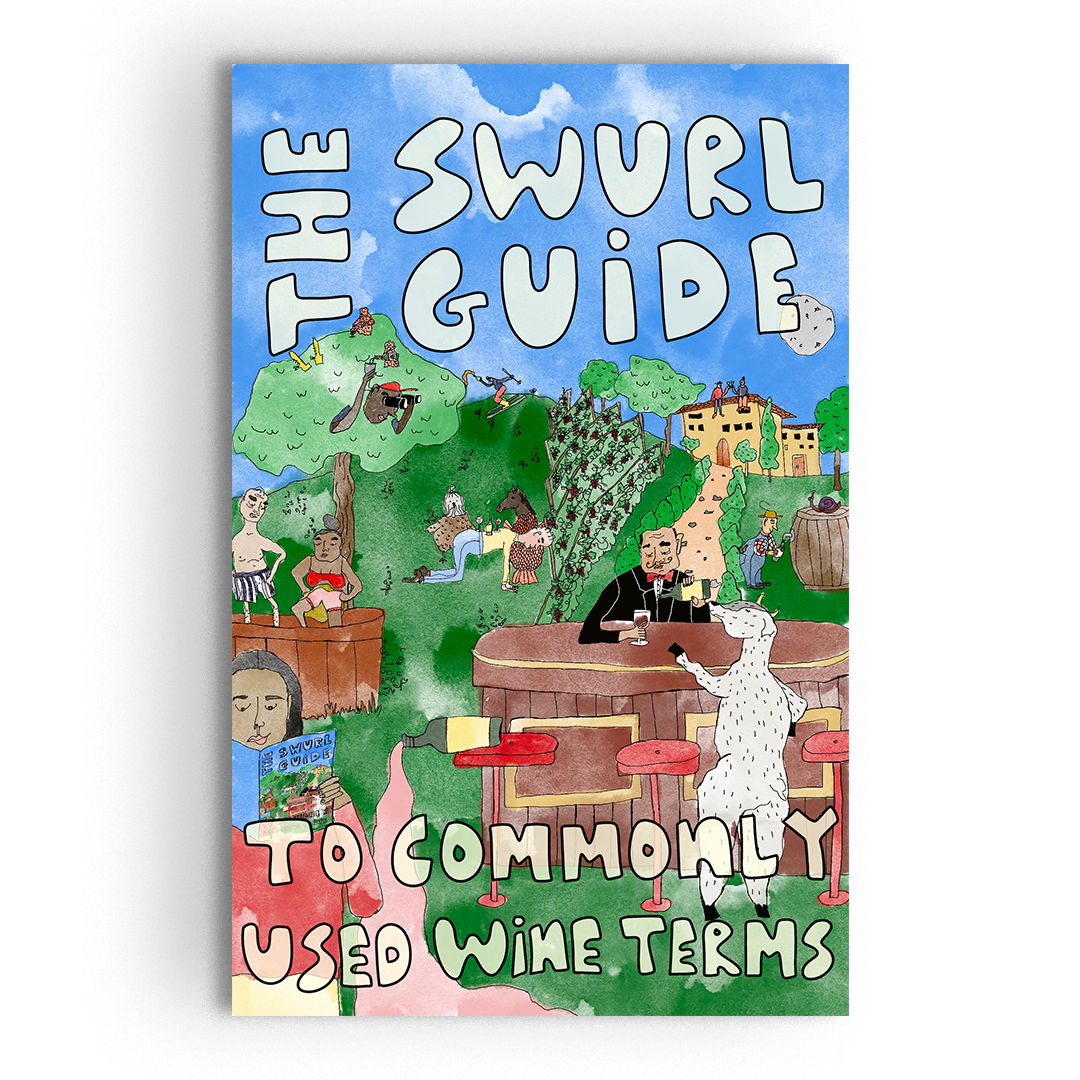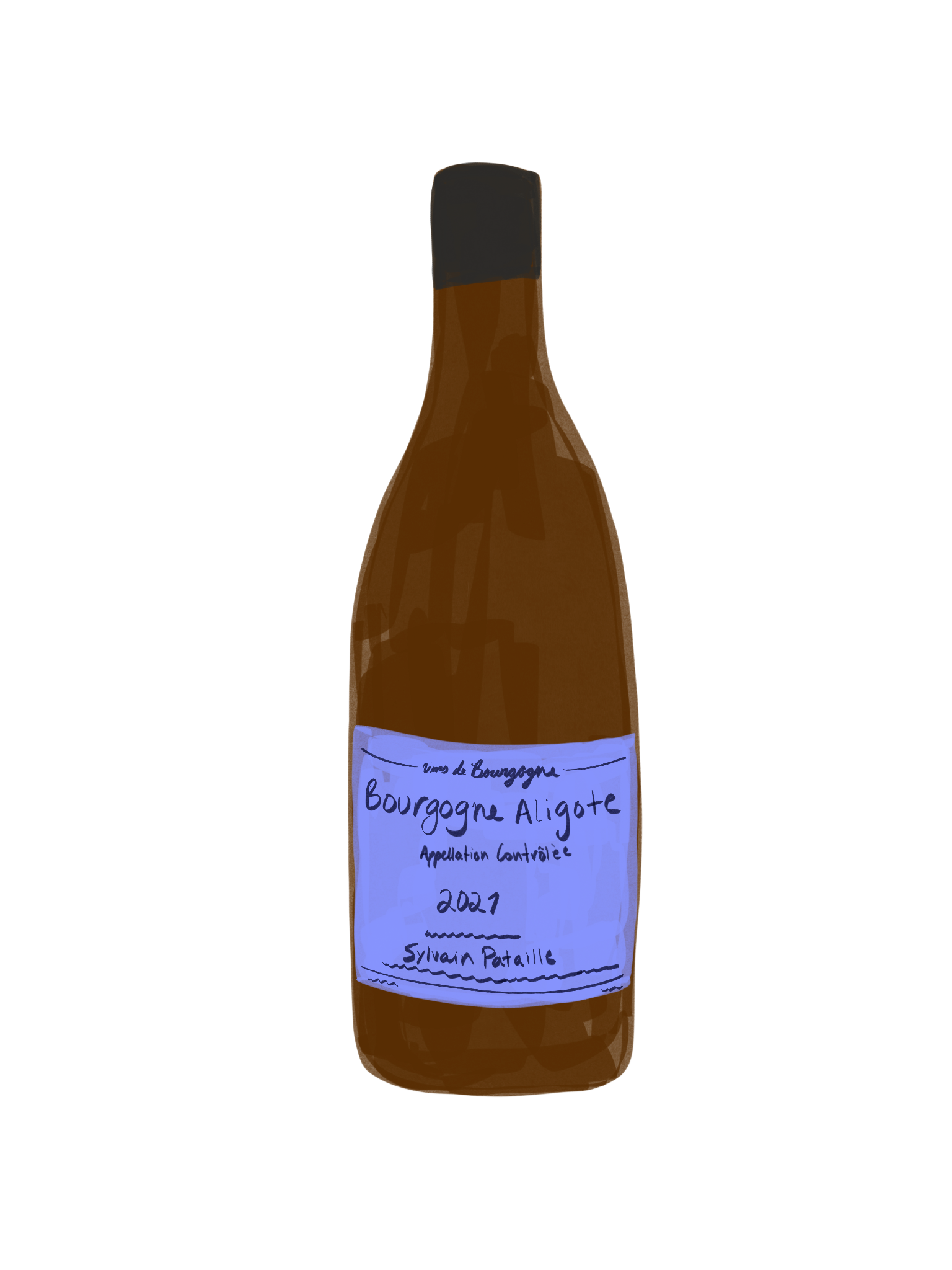Is Aligoté The New Chardonnay?
A look at the Burgundian underdog variety that’s giving Chardonnay a run for its money.
Written by Spencer Fox
What is the newly initiated wine enthusiast to do when confronted with the allure of prestige fine wines — without access to a trust fund? How do they become acquainted with the great wines of Burgundy, Napa, and Piedmont? Do they rob a bank just for some library release Gevrey-Chambertin? Sell a kidney in order to know the true profundity of first growth Bordeaux?
Listen, we get it. Wine is awesome. It’s one of the better parts of being alive. That being said, no one should feel compelled to take out a second mortgage just to get in on the fun.
Fortunately, for the proletariat, there are some tried and true workarounds. This brings us to the once maligned, second-string white grape of Burgundy—Aligoté. These wines offer tremendous value-for-quality at a time when traditional White Burgundy made with Chardonnay can skyrocket into four figure territory.
But this does beg the question, why all the fuss over Chardonnay? It’s hard to slight Burgundian winemakers for their bias—the neutral varietal is a perfect canvas for expressing the various microclimates and terroirs across the region, as well as showcasing the winemaker’s own mastery and personal flourish.
However, climate change has presented a number of issues for the traditional white wine grape. Chardonnay ripens early, and if allowed to stay on the vine for too long, the resulting juice can be a flabby, over extracted mess. With temperatures on the rise, the ripening process happens even faster, and that perfect window for harvest has become even more precarious. Aligoté, on the other hand, ripens much slower and retains acid far better under warmer conditions. But is this lesser known grape varietal anything more than a contingency plan? Will Aligoté ever be able to stack up to the decadent wines of Meursault or the ethereal Chardonnays of Montrachet?
It’s complicated. Burgundian viticultural practices have been cultivated to suit Chardonnay for hundreds upon hundreds of years…so, it’s hard to expect the two varieties to perform at the same caliber. It’s no miracle that these Chardonnay expressions are as profound as they are—the planting, growing, harvesting, and vinifying of the grape in Burgundy is a bonafide science at this point. While Aligoté shares a number of similarities to Chardonnay, it has been given far less care and attention. For lack of a better term, it’s the underdog.
The past decade, however, has seen a massive shift in how the wineworld sees Aligoté. Perhaps the most sterling showcase of support comes in the form of The Aligoteurs. What started as a conversation between winemakers over dinner in 2018 eventually turned into a coalition of 68 of France’s most forward thinking and established producers. At present, the group’s mission is to showcase and advocate for Aligoté’s vitality in the region’s wine culture. In addition to raising awareness and stoking enthusiasm for the grape, The Aligoteurs are outspoken about the preservation of Aligoté plantings — which is great news for anyone lucky enough to have sampled the grape grown on old vine stock.
“The SWURL Guide to Commonly Used Wine Terms”
Thanks to growers like Sylvain Pataille, Alice & Olivier De Moor, and Pablo Chevrot, Aligoté has firmly established itself as a grape capable of producing wines that hold their own against the most lauded white wines of the world (without the price tag). No, it hasn’t quite reached premiere Burgundian Chardonnay status, but recent Aligoté vintages are a clear indication that a handful of producers might not be so far off.
While his single vineyard offering is nothing short of sublime, Sylvain Pataille’s entry level Aligoté is a masterclass in the variety’s potential. That signature Burgundian richness is ever present while being offset by a lush bouquet of citrus fruit and stemmy herbs that pushes this wine into territory that is decidedly distinct from Chardonnay. Amongst his catalog of age-worthy and rightfully pricey Pinot Noirs and Chardonnays, monolithic producer Dominique Lafon produces an affordable Aligoté that shows thirst-quenching gluggability and classical restraint in equal measure. Much like Lafon, Burgundy legend Vincent Dancer’s children have gotten into the family business and have been rolling out wines of their own. 23-year-old Theo Dancer’s Aligoté makes it clear that his father’s deft hand in the vineyard and cellar has been passed down in spades. This expression of Aligoté has a unique waxy texture reminiscent of the Loire’s finest Chenin Blanc with a palette of bright lemon pith, green herbs all rounded out with a kiss of hazelnut on the finish.
Dominique Lafon, "Bourgogne Aligoté"
I’ve always clung to the notion that wine’s true value is most accurately measured in how potently it stays with you after the last glass has been poured. Aligoté is no exception. My very first brush with the varietal was one that I’ll remember for a very long time. It wasn’t long after taking a job at a bottle shop in the West Village—my first in the wine industry. Spend enough time around wine nerds and you’ll lose track of how many times the word “Burgundy” gets thrown around. The way the customers and my coworkers talked about these Pinots and Chardonnays had me antsy to finally get a bottle of my own. It wasn’t long thereafter that I became acquainted with the going rate for quality Burgundy and just like that, my dreams of stocking the fridge with all the 2017 Pommard I could get my hands on were dashed.
Sylvain Pataille, "Bourgogne Aligoté"
After briefly pondering the ethics of selling plasma solely to afford fancy wine, I noticed a bottle of Nicolas Rossignol 2020 Bourgogne Aligoté eyeing me from the White Burgundy section. It was a good $40 cheaper than anything else on the shelf but I figured it might be a decent window into this elite realm of Burgundian delights that I had been hearing so much about. I bought it at the end of my shift and as soon as I got home, I pulled out the frosty bottle and dug in. Admittedly, this wine was not the sort to make your hair stand on end. There were no fireworks or revelations. That being said, it was delicious. It had minerality and tension that took me right to Sancerre but a fruit set that was totally different—lemon pith, orchard fruit with a subtle kiss of baking spice on the finish. What it had me thinking more than anything else was, wow,if this is good… just imagine how much better it can get. The most beautiful thing about drinking this wine (about drinking any good bottle of wine, really) was the way it stoked my enthusiasm to keep exploring the region, the grape variety, and most importantly, the sprawling world of wine at large.




